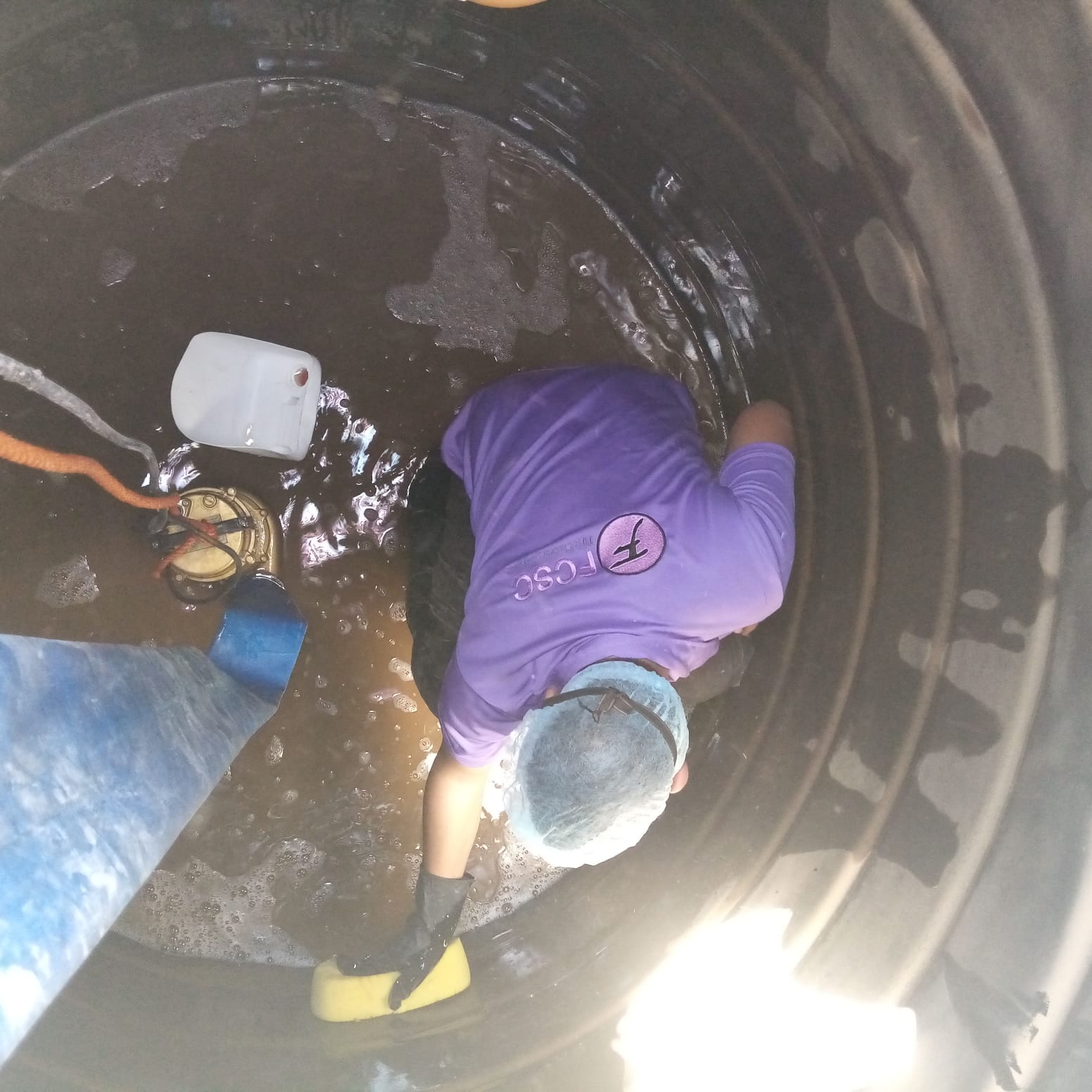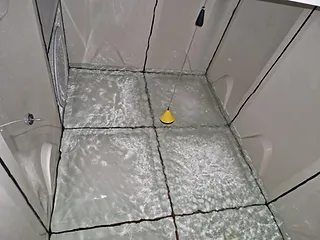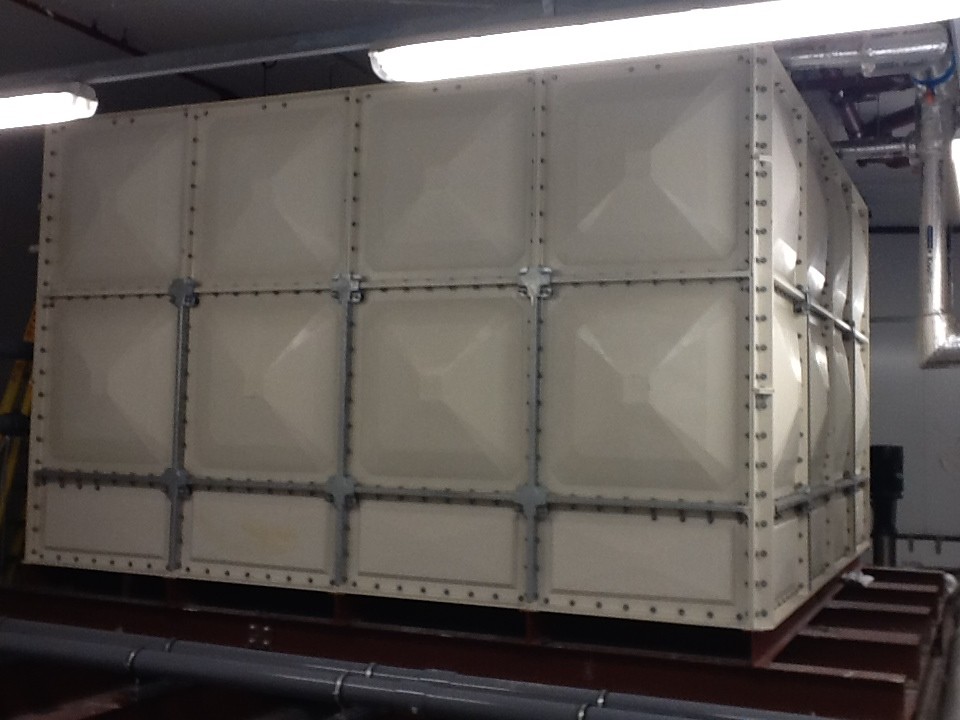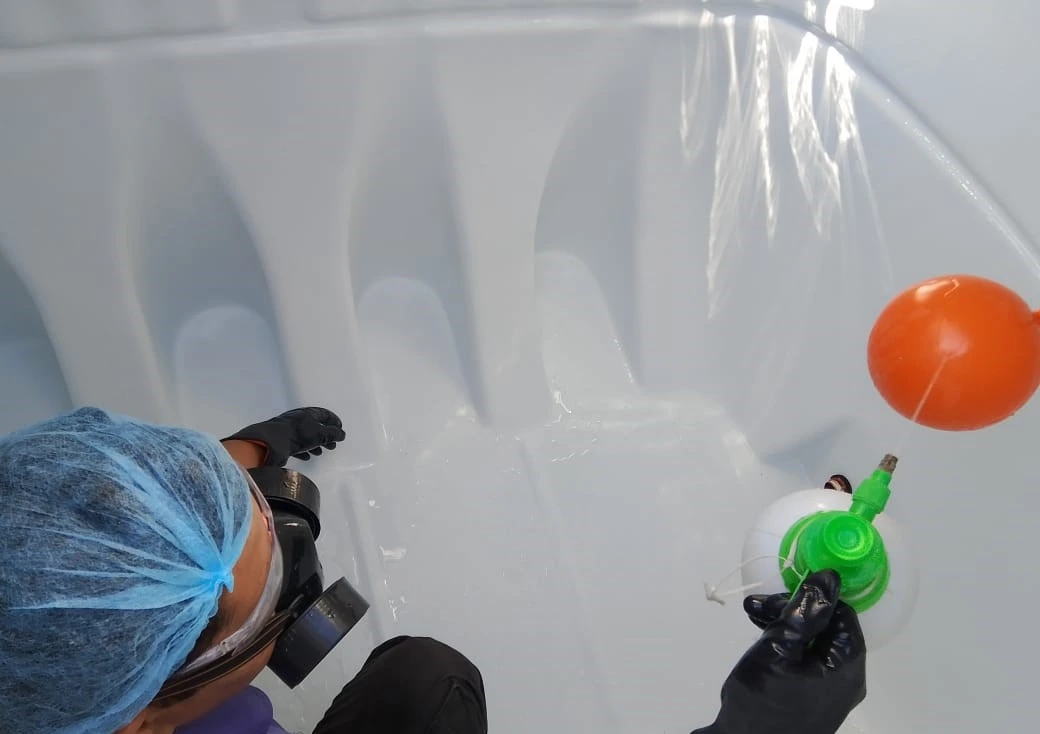What is the best way to clean a water tank?
Water is one of humanity’s most essential resources, necessary for drinking, cooking, cleaning, and more. However, ensuring the quality of the water we consume is equally important. Regular cleaning of your water tank is crucial for providing safe and healthy water for you and your loved ones.
In Dubai, effective water conservation practices are in place, with water tanks playing a vital role in supplying clean water. These tanks ensure residents have reliable access to this essential resource. Dubai’s commitment to sustainability and innovative solutions reflects its ability to harmonize with the natural environment while enhancing residents’ quality of life. However, neglecting regular cleaning can turn water tanks into breeding grounds for bacteria and other harmful microorganisms.
Cleaning a water tank may seem daunting, especially if you’re unsure where to begin. Don’t worry we’re here to help. This guide will walk you through the steps to effectively clean your water tank in Dubai:

Steps to Clean Your Water Tank
Step 1: Turn Off the Water Supply
Before you start cleaning, ensure that the water supply to the tank is turned off. This prevents water flow during the cleaning process, making it safer and more manageable. It also stops any new bacteria or debris from entering the tank.
Step 2: Drain the Water from the Tank
After shutting off the water supply, drain all the water from the tank. This allows for a clear view of the tank’s interior and makes it easier to remove any debris. Use a bucket or hose to ensure efficient drainage and avoid wasting water.
Step 3: Remove Debris from the Tank
Once the tank is empty, remove any debris or dirt present inside. This can be done using a brush or vacuum cleaner. Thoroughly removing debris ensures a complete cleaning and prevents blockages in filters or pipes connected to the tank.
Step 4: Clean the Inside of the Tank
Cleaning the interior is essential for eliminating dirt and bacteria that may have accumulated over time. Use a mixture of water and detergent to scrub all surfaces inside the tank. This step helps prevent harmful bacteria from contaminating the stored water.
Step 5: Rinse the Tank
After cleaning, rinse the tank thoroughly with clean water. This is important to remove all traces of detergent, as any residue can affect the water's taste and quality. Ensure all water is drained from the tank once again.
Step 6: Disinfect the Tank
Disinfecting the tank is crucial to eliminate any remaining bacteria or microorganisms. Prepare a mixture of water and chlorine bleach in appropriate proportions, and apply it to the interior of the tank. This will ensure the water stored is safe for consumption.
Step 7: Rinse the Tank Again
After disinfection, rinse the tank thoroughly with clean water once more. This step removes any residual chlorine bleach, which can be harmful if ingested in large quantities. Make sure to leave no traces of bleach behind.
Step 8: Refill the Tank
Once the tank has been rinsed, you can refill it with clean water. Turn on the water supply and fill the tank to ensure that the water stored is clean and safe for use. By following these steps, you can maintain the quality of the water in your tank, ensuring it remains safe for you and your family.

How Long Does Tank Cleaning Take?
The duration of tank cleaning depends on its size. Typically, a professional cleaning of a standard-sized water tank takes approximately four hours to complete.
Tips for Effectively Maintaining Clean Water Tanks
Now that you know how to clean water tanks in Dubai, here are some tips to help keep your water tank in good condition.
Tip 1: Schedule Regular Professional Cleanings
Regular cleaning is crucial for ensuring your water tank remains clean and safe. We recommend having your tank professionally cleaned at least every six months. Professionals have the necessary tools and expertise to manage your tanks effectively, helping to prevent the buildup of harmful bacteria and ensuring the water is safe for consumption.
Tip 2: Conduct Regular Inspections
Regular inspections are important for identifying potential issues with your water tank. Check for cracks, leaks, or any damage that could compromise the quality of the stored water.
Tip 3: Install a Filter
Installing a filter can help keep dirt and debris from entering your water tank. A good filter also enhances water quality by removing impurities and harmful substances.
Tip 4: Use the Water Regularly
Regularly using the water in your tank is essential to prevent stagnation and the growth of bacteria. If the water is left unused for extended periods, it can become a breeding ground for harmful microorganisms, making it unsafe for consumption. Use the water for activities such as watering plants, cleaning, and flushing toilets to ensure it remains fresh.
Tip 5: Choose Safe Cleaning Products
When cleaning your water tank, opt for safe cleaning products. Harsh chemicals can be detrimental to your health and the environment, and they can affect the taste and quality of the stored water. Instead, use mild cleaning solutions specifically designed for water tanks, which are safe and effective without risking contamination.
Maintaining clean water tanks is essential for ensuring the quality of the stored water. By following this comprehensive guide, you can help ensure that your water is safe for use and avoid the risks associated with contamination.
While these tips are helpful, it’s always advisable to schedule professional water tank cleaning services for the best results and to maintain high water quality.




